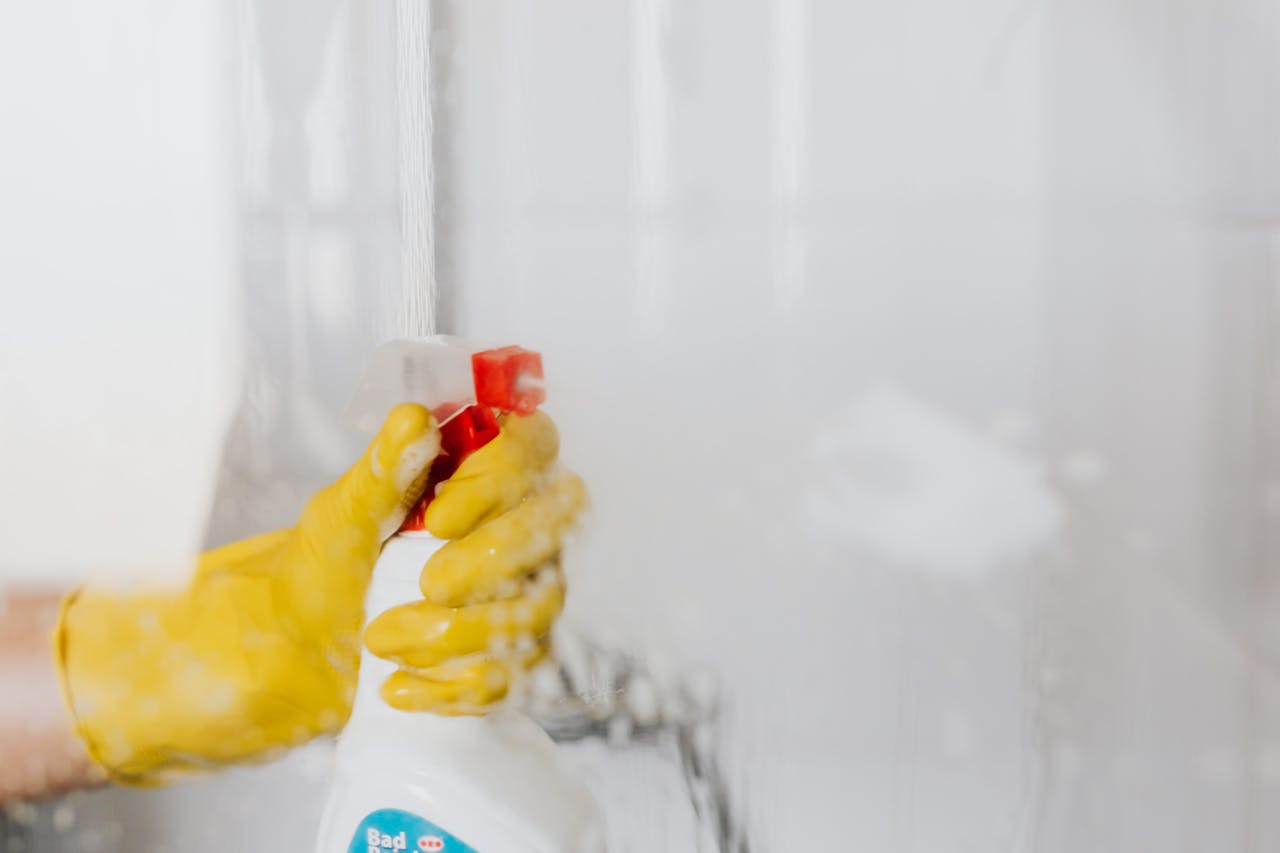
7 July 2025 10:45
🧴 Let’s Talk About Emulsifiers in Home Care: Small Molecules, Big Impact
Open any bottle of cleaning spray, laundry softener, or dishwashing liquid, and you’ll find a perfectly smooth, stable liquid. No separation, no cloudiness. Just a product that does what it’s supposed to — and feels good while doing it.
Behind that quiet performance is a group of ingredients we rarely talk about: emulsifiers.
They’re not flashy. They don’t get called out on front labels. But without them, most of our home care products simply wouldn’t work.
💡 So What Exactly Do Emulsifiers Do?
In simple terms, emulsifiers help things stay mixed. Water and oil don’t naturally blend — but in products like fabric fresheners or floor cleaners, you need them to. That’s where emulsifiers come in.
They:
- Keep oil-based ingredients (like fragrances) evenly dispersed
- Help oily dirt lift away in laundry and surface cleaning
- Prevent formulas from splitting or going cloudy over time
- Give products a nice, uniform texture
In other words, they make the formula look good, feel good — and most importantly — work well.
📊 By the way, the numbers speak for themselves: the global market for emulsifiers in home and personal care is expected to grow steadily, reaching over USD 5.2 billion by 2027, according to multiple industry forecasts. Within the broader surfactants category, emulsifiers now represent one of the fastest-growing segments, fueled by demand for stable, concentrated, and multifunctional products. Notably, over 30% of product instability claims in home care are still linked to poor emulsification — making this ingredient family more strategic than ever.
🔍 What’s Changing in 2024–2025?
Like everything else in the industry, emulsifiers are evolving. Here’s what’s shaping their future:
- Formulas That Can Handle the Real World
Today’s cleaning routines are faster, colder, and more diverse. People wash at 30°C, wipe instead of soak, and expect results in seconds. That means emulsifiers have to be more efficient, more stable, and able to work in all water types — hard, soft, or recycled. - Efficiency Without Bulk
Formulators don’t want to overload products with heavy ingredients. They’re looking for emulsifiers that can do more with less — small dosage, big performance. This leaves room for more active ingredients, better fragrances, and lighter textures. - Multi-Tasking is In
We’re seeing emulsifiers that don’t just mix — they add value. Some help improve fragrance longevity, others boost foam or enhance skin compatibility (important in dish liquids, for example). Why use two ingredients when one can do the job? - Cleaner Chemistry (When Needed)
While not every home care brand goes “green,” many still want emulsifiers that are easier to label, biodegradable, and globally compliant. This doesn’t mean only natural — it means smart, responsible chemistry that works across markets.
🧪 Behind the Scenes: What Chemists Are Working On
In the lab, formulators are:
- Designing polymeric emulsifiers that create ultra-stable structures
- Testing microemulsion systems for crystal-clear surface sprays
- Using emulsifiers that react to pH changes, adapting to different product environments
It’s not just about making things mix — it’s about how they stay mixed, even on the shelf for 18 months.
👀 Final Word: The Ingredients That Keep It All Together
Emulsifiers are easy to overlook — but they’re everywhere. They don’t sell the product, but they make sure it works, feels smooth, and looks great.
So next time a cleaning product glides over a surface or your softener smells fresh for days, remember: there’s chemistry at work behind the scenes. And it’s smarter than ever.